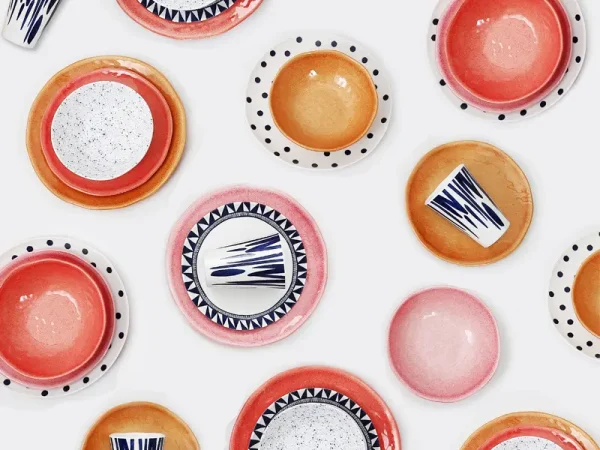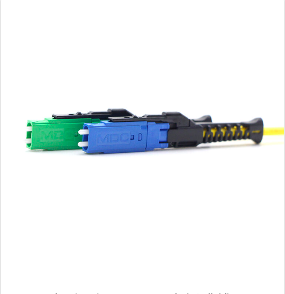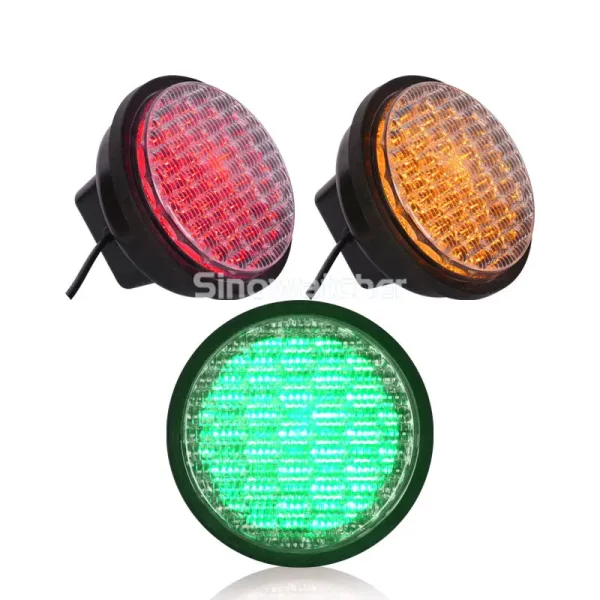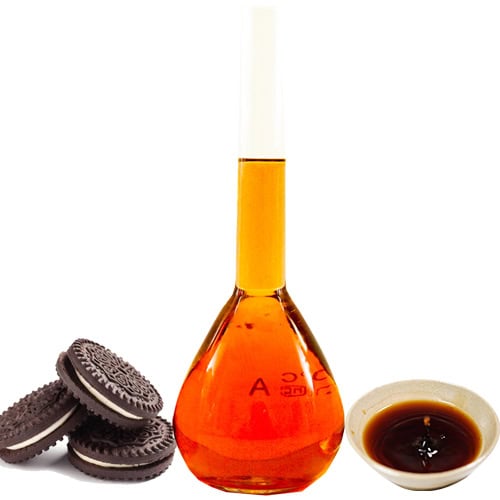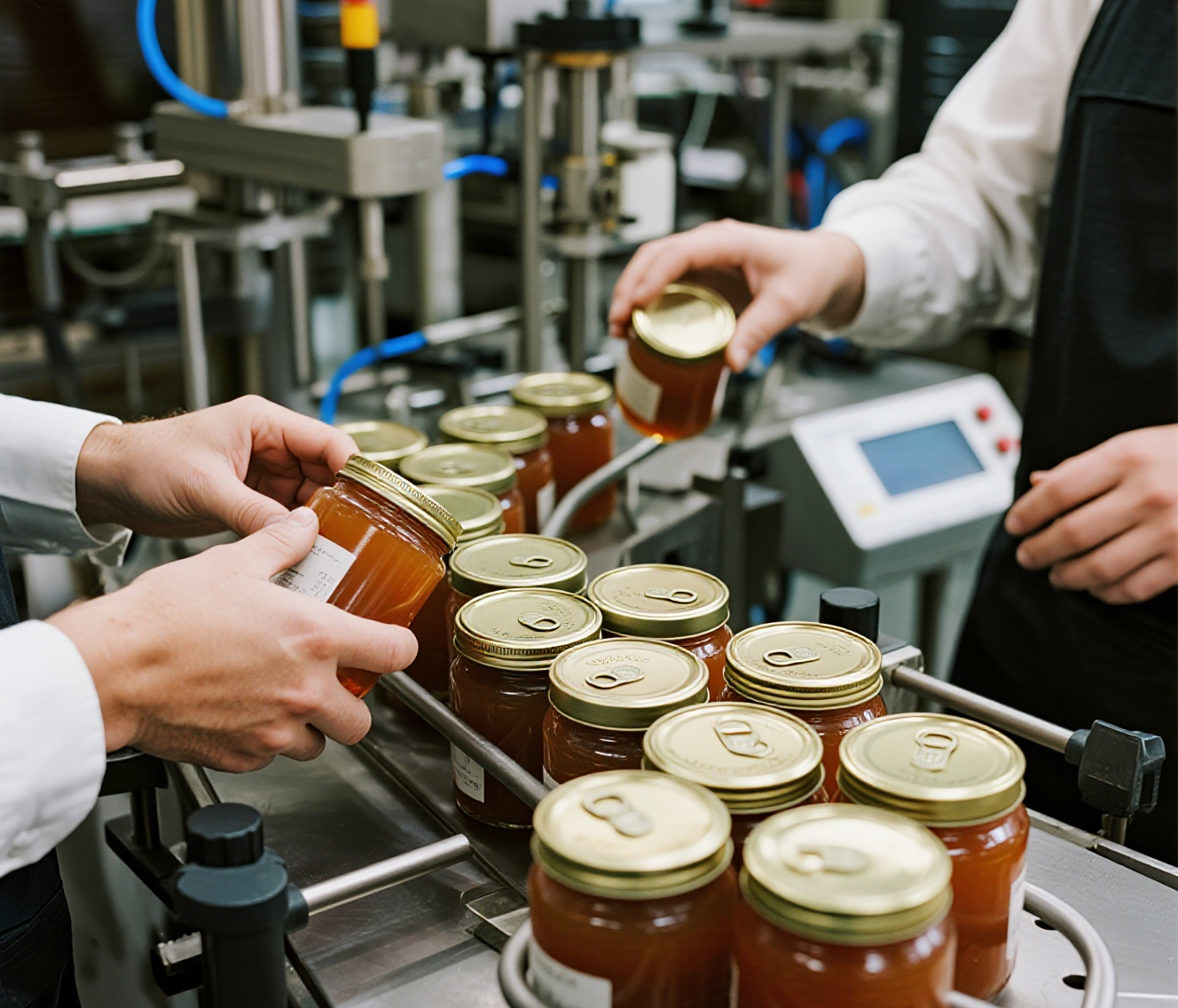目录
Melamine dinnerware has become increasingly popular due to its durability, lightweight nature, and aesthetic versatility. However, concerns about safety—especially regarding heat exposure, chemical migration, and potential health effects—have sparked widespread interest. This article offers a detailed, expert-minded examination of melamine dinnerware, exploring its chemical background, safety regulations, proper usage, health considerations, environmental impact, and alternative options. Readers will gain practical guidance and a deeper understanding of whether this material is a sound choice for everyday use.
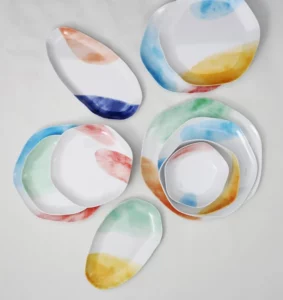
1. Understanding Melamine Dinnerware: Chemistry and Regulation
1.1 Chemical Structure and Properties
Melamine dinnerware is manufactured from a durable melamine-formaldehyde resin—a thermosetting plastic formed by cross-linking melamine with formaldehyde. This composition yields a rigid, lightweight, heat-resistant material commonly used in plates, utensils, and decorative laminates.
1.2 Regulatory Safety Thresholds
Food safety standards in multiple jurisdictions set strict limits on melamine migration and formaldehyde release in food-contact materials. These standards ensure that when used properly, melamine products remain within safe exposure levels. Regulatory emphasis is on minimizing chemical leaching, especially in the presence of heat or acidic food.
2. Is Melamine Dinnerware Safe for Everyday Use?
2.1 General Safety and Appropriate Use
When used correctly—for serving rather than cooking—melamine dinnerware is generally considered safe. It withstands regular use and is suitable for warm or cold servings. Official guidelines caution against using melamine in microwaves or ovens, since high heat can degrade the material and cause chemical release.
2.2 Heat, Acidity, and Chemical Migration
Exposure to very high temperatures or acidic foods increases the risk of melamine and formaldehyde leaching into food. Studies have shown that hot acidic conditions, such as vinegar or citrus-based dishes, accelerate chemical migration. This is a key reason why melamine should not be used for cooking or reheating.
3. How to Use Melamine Dinnerware Safely
3.1 Proper Usage Guidelines
- Avoid microwave and oven use: Melamine is not designed for direct heating.
- Prefer serving warm, not extremely hot foods: Chemical migration increases with temperature and acidity.
- Replace old, scratched, or discolored pieces: Worn surfaces can increase leaching.
3.2 Cleaning and Care Practices
- Hand wash when possible to preserve the surface quality.
- Dishwasher use is acceptable, but very high water temperatures or harsh detergents may reduce longevity.
- Inspect regularly for cracks or damage and retire compromised items.
4. Health Risks and Population Sensitivities
- Kidney and Reproductive Concerns
Excessive exposure to melamine has been linked to kidney stones and urinary system impairment. Long-term or high-level ingestion can also pose potential reproductive risks. Although occasional migration from dishes is minimal under proper use, safety guidelines are designed to protect against cumulative effects.
- Vulnerable Populations
Children and infants are especially sensitive to melamine exposure. Serving very hot or acidic foods in melamine containers to these groups is discouraged. Alternative materials such as glass or stainless steel are recommended when feeding infants.
5. Environmental Considerations and Alternatives
- Environmental Persistence
Melamine is resistant to natural degradation and can persist in aquatic systems if released into the environment. This raises ecological concerns, as it is not easily broken down by conventional wastewater treatment methods.
- Safer Alternatives
For hot or acidic foods—or when microwave safety is essential—alternatives like glass, ceramic, stainless steel, enamel, or silicone are preferred. These materials provide safe, long-term use without concerns about chemical leaching.
6. Specific Usage Scenarios: Practical Guidance
- Everyday Dining
Melamine is highly practical for casual dining, outdoor gatherings, and children’s use when handled correctly. It resists breakage better than ceramic or glass, making it convenient for households seeking durability.
- Food Service Industry
In restaurants, melamine is widely used due to its toughness and aesthetic flexibility. Proper training for staff is essential, ensuring it is not exposed to ovens, microwaves, or boiling liquids.
- Travel and Outdoor Activities
Its lightweight nature makes melamine ideal for camping and picnics, provided that only room-temperature or mildly warm foods are served. For cooking on open flames or storing acidic liquids, metal cookware is the safer option.
7. Summary Guide: When to Use Melamine Dinnerware
(1)Best Practices
- Safe for serving moderate-temperature foods.
- Replace damaged or aged items.
- Follow cleaning instructions carefully.
(2)When to Avoid
- Avoid use with very hot, acidic meals.
- Do not place in ovens or microwaves.
- Avoid when preparing food for infants.
(3)Choosing Alternatives
- For heating, cooking, or serving very hot or acidic foods, glass, ceramic, or stainless steel provide safer and environmentally friendlier options.
8.Conclusion
Melamine dinnerware can be safe for everyday use when handled properly. Its durability, affordability, and lightweight design make it appealing, but safety depends on avoiding high heat, acidic foods, and improper microwave use. While chemical migration is minimal under recommended conditions, risks increase with misuse or damage. Considering environmental impact and vulnerable populations, consumers should balance practicality with caution, choosing alternatives when heating or high-acid contact is unavoidable. By applying best practices, families can enjoy the benefits of melamine dinnerware while minimizing potential health and ecological concerns.
0